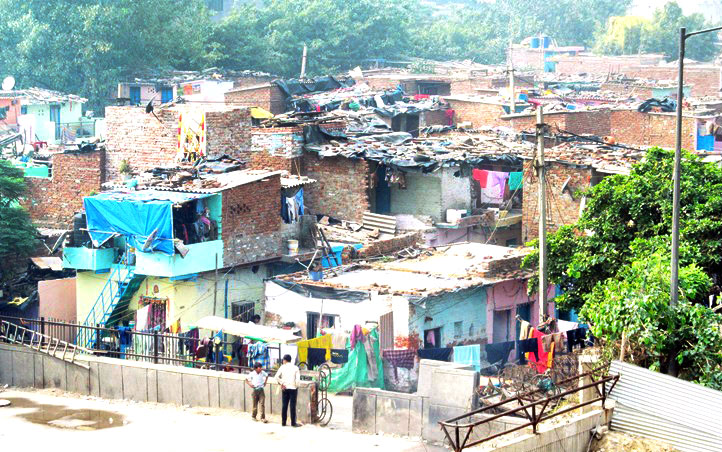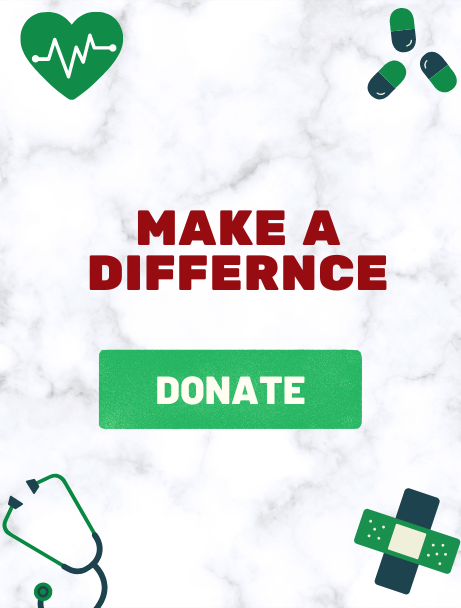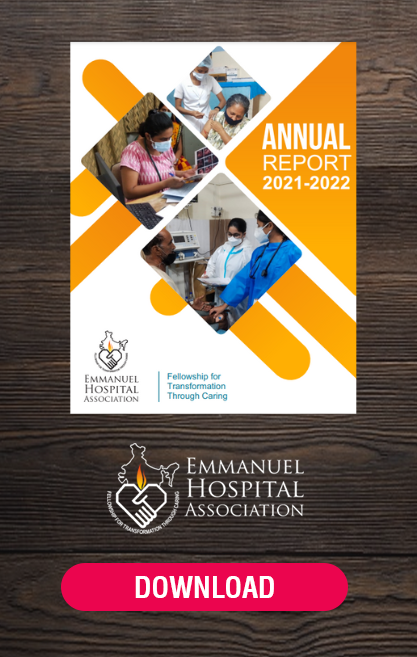- EHA Webmaster
- Community Health Projects
- Hits: 5568
Duncan CHD Project

Bihar is one of the most backwards states in India with a majority of the population living in the rural communities and below the poverty line. These communities have an overall high index of infectious diseases and disease burden as well.
Duncan CHDP was started in the early nineties in response to the needs of the communities to transform communities with primary emphasis on the poor and the marginalised, regardless of race, caste, creed or religion with a geographical focus on East Champaran District.
The goal is to see communities prosper economically, demonstrating good stewardship of their available resources, living in a safe and healthy environment, constantly learning, demonstrating mutual trust, cooperation and caring attitudes towards other communities.
The Community Projects currently work in 10 blocks of the district and current community health and development projects include:
1) ACT (AIDS Control and Treatment) Project
Almost 20 years ago, HIV / AIDS was recognised as a significant health issue facing community members and the ACT (AIDS Control and Treatment) Project was initiated at Duncan Hospital.
Men, women and children from all walks of life still find their way to the Project office. There, the knowledgeable and compassionate staff address the needs of each individual and family. They provide counselling, practical advice, nutritional support, referral to medical services, and access to antiretroviral therapy when needed.
Education for children affected by HIV is a top priority and the team members try to facilitate the most appropriate educational opportunities for them.
Vocation and livelihood support has also become a key area for the project. Many people who are living with HIV / AIDS struggle economically. Staff members work with these individuals and their families to develop plans for income generation and economic sustainability.
The team is also committed to increasing knowledge and understanding about HIV and AIDS among the general community. Awareness programs are held regularly, specifically focusing on youth and on high-risk groups such as injecting drug users.
As in many other parts of the world, we now see that people with HIV and AIDS are able to live many fruitful years with their diagnosis. The ACT team strives to give hope and purpose to people living with HIV / AIDS, showing them compassion and supporting them to enjoy the best quality of life possible.
2) ASISH Project
Child labour … the common sight of young children working instead of attending school.
Bonded labour … families dragged into generations of labour to pay off an unending debt.
Human trafficking … men, women and children bought and sold through fraud, force or coercion.
These were the issues that captured the attention of staff in Duncan’s community development department a few years ago. The problems seemed overwhelming, but the drive to bring justice was even stronger.
As a result, the ASISH Project started at Duncan Hospital in 2014. The name stands for “Action against Social Injustice and promoting Social Harmony”. The word “asish” also means “blessing” in the Hindi language
The project works with the most vulnerable families identified in Raxaul and Adapur blocks and takes a community-based approach to address the problems of modern-day slavery, namely child labour, bonded labour and human trafficking.
At the foundation of their work, Community Freedom Groups have been formed to develop community-level prevention of trafficking. These groups aim to promote increased awareness about the issues, to educate people about the risks and to ensure safer migration of workers. These Freedom Groups include women’s groups, adolescent boys and girls groups, and children’s groups.
Non-formal education (NFE) centres have been developed to reach children who are currently not attending school, including child labourers, drop-outs and those who have never attended school. Through NFE centres, children are taught basic literacy and numeracy skills and are motivated to return to school. After one year in the program, the children are supported to re-enroll in their local school. Asish project’s connection with the School Management Committees will monitor the educational progress of these children.
The project has identified the most vulnerable families in their target area and has initiated Income Generation Programs (IGP) to improve the economic condition of these families. IGP strategies include providing seed funds to start a small business and offering training in employable vocational skills. With an improved economic condition, family members are less likely to be lured into trafficking.
3) Chetna Project
The Chetna Project is working along with community members and leaders in the local Village Health, Sanitation and Nutrition Committees (VHSNC’s). Members of this government body are being motivated and trained to take more responsibility for the health and development of their own communities. Through these committees, community members are benefitting from more effective primary health care services, better pre-schools for children and, improved village infrastructure including roads, bridges and drainage. The project also helps individuals and families to develop income generation projects that will enable the to sustain their families.
4) Community-Based Rehabilitation (CBR) Project
The CBR Project was started in 2003 in response to the need for services for people with disabilities in this area of Bihar. Since then, the project has grown and is now touching the lives of hundreds of people with disabilities and their families each year.
The project is focusing on three main areas: health, education and livelihood. To support people with disabilities to achieve maximum health and independent function, the team facilitates medical assessment for people with disabilities through village medical camps or through the hospital’s OPD. They also provide home-based, goal-focused therapy for children and adults with disabilities, including support and education for their families.
They run special learning centres for children who are not able to attend local village schools, giving these children a safe and enjoyable environment in which they can learn at their own pace. The team also facilitates entry to mainstream school whenever possible.
The team supports people with disabilities to begin income generation projects such as small shops. Earning money to contribute to the household income not only helps in practical ways, but also helps the people with disabilities to grow in their own self-esteem.
5) Karuna Project
Started in 2014, the focus of the Karuna Project is to reduce maternal mortality and infant mortality in the surrounding communities. The project runs 2 community clinics for antenatal care, both located in rural villages. Through these clinics, women with high-risk pregnancies are referred to Duncan Hospital for ongoing medical assessment and care.
Education and awareness are crucial for making an impact on issues related to reproductive health. The team conducts awareness programs for the general community and runs programs specifically focusing on adolescent girls and boys. They also provide training for local health care providers, encouraging them and helping them to build up their skills for the betterment of their communities.
Through their efforts, services and facilities at local health care centres have improved, more couples are aware of family planning options and more women are able to access health care for themselves and their children in their local communities.
6) Roshni Project
People with mental illness in north India face many barriers in their search for healing and wholeness. Psychiatrists are very scarce, community awareness is very limited and general health care facilities are often reluctant or unable to offer appropriate care. Overall, stigma and discrimination remain powerful influences in the rural villages and towns.
The goal of the Roshni Project is that community members will have more understanding about mental health issues and that people who have mental illnesses will be able to access appropriate health care. Toward this goal, the team identifies people living with mental illness in the surrounding area and help them to access medical treatment from the psychiatrist at Duncan Hospital. Ongoing education about the illness and its treatment are provided to ensure compliance with the treatment regime.
The project has developed local neighbourhood task forces, each with four women and four men, who receive education and training about mental illness and how to promote good mental health in their communities. These local task forces are able to help identify and refer patients to the hospital and also help to de-stigmatize mental illness in their local communities.
The team also conducts programs to increase awareness about mental health issues among local health care providers, general community members and adolescent girls and boys.
7) SVJ Project
SVJ (Sammalit Vikas Jankari) Project focuses specifically on people with disabilities, mobilising them to form self-help groups, known as Disabled Persons Organizations (DPO’s). Through these groups, people with disabilities become aware of their rights and empowered to access their rights for government entitlements.
Through the project much more people with disabilities are able to access government support in terms of financial pension, many children have started to receive an education and many people have received special equipment such as wheelchairs and crutches.
For more information about the projects, contact:
Dr. Vandana Kanth, Project Director vandana@eha-health.org

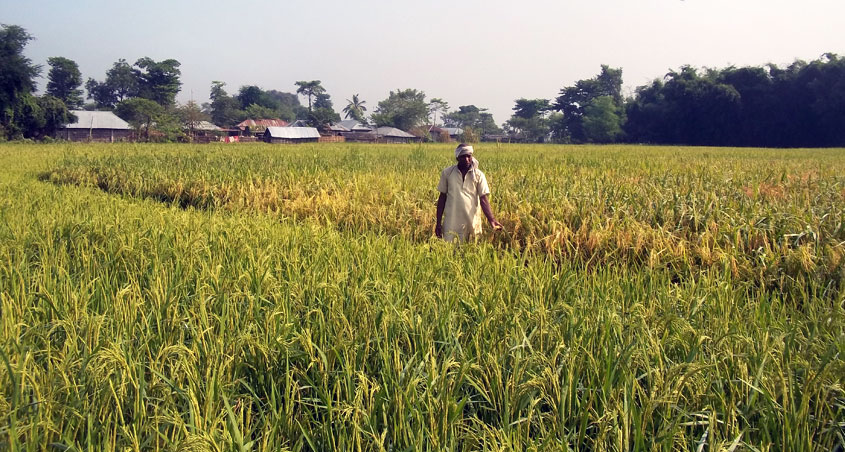
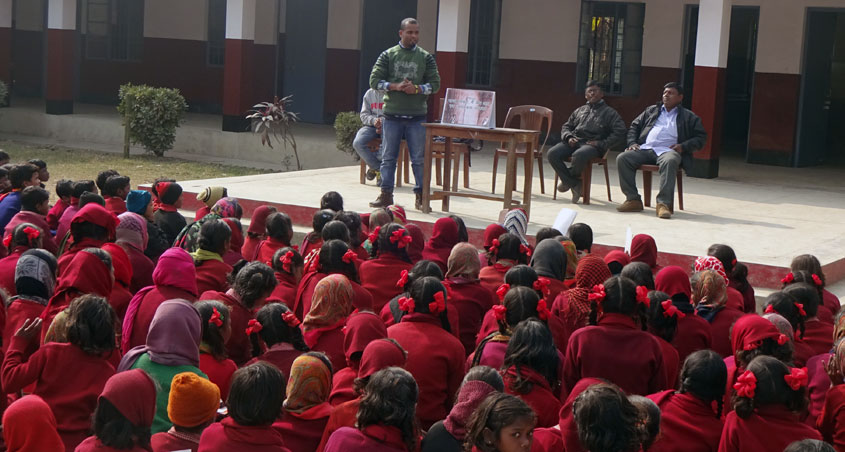
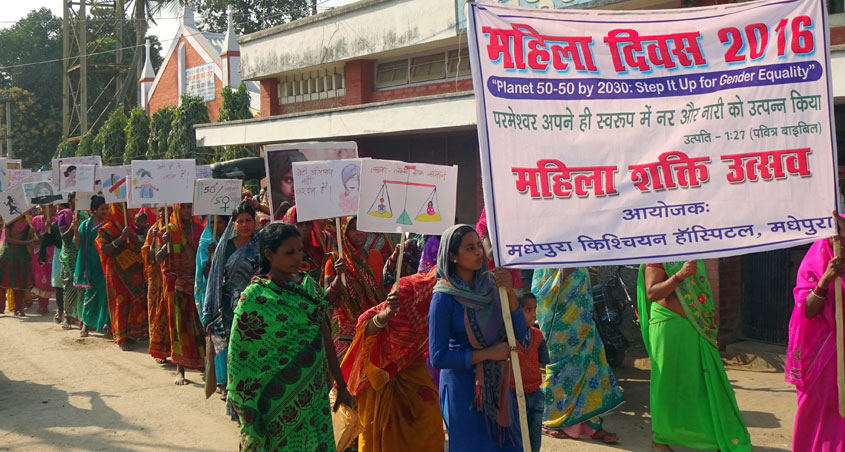
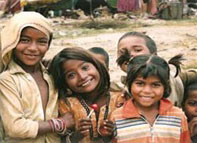 SAHYOG which means ‘working together’ is a grass root level project of Emmanuel Hospital Association (EHA) established in November 1998.With mandate to serve to empower poor slums community the project works together with of 6 slums of East Delhi in solving the problems identified by them, through networking with government and other resource providers. These slums area where Sahyog team operates has population of 50,000 is a underserved area. The majority of resident migrates from states of UP, MP and Bihar. Majority of these slum dwellers are engaged in informal sector as; rickshaw puller, factory, private jobs and daily wage labor. At the community level, Sahyog team build relationship with resident & mentor the key residents and Community based organization (CBO) groups to increase their knowledge, self confidence, and willingness to work for their own community's welfare. Sahyog interacts and advocates with policy makers and planners at different levels within the government departments.
SAHYOG which means ‘working together’ is a grass root level project of Emmanuel Hospital Association (EHA) established in November 1998.With mandate to serve to empower poor slums community the project works together with of 6 slums of East Delhi in solving the problems identified by them, through networking with government and other resource providers. These slums area where Sahyog team operates has population of 50,000 is a underserved area. The majority of resident migrates from states of UP, MP and Bihar. Majority of these slum dwellers are engaged in informal sector as; rickshaw puller, factory, private jobs and daily wage labor. At the community level, Sahyog team build relationship with resident & mentor the key residents and Community based organization (CBO) groups to increase their knowledge, self confidence, and willingness to work for their own community's welfare. Sahyog interacts and advocates with policy makers and planners at different levels within the government departments.